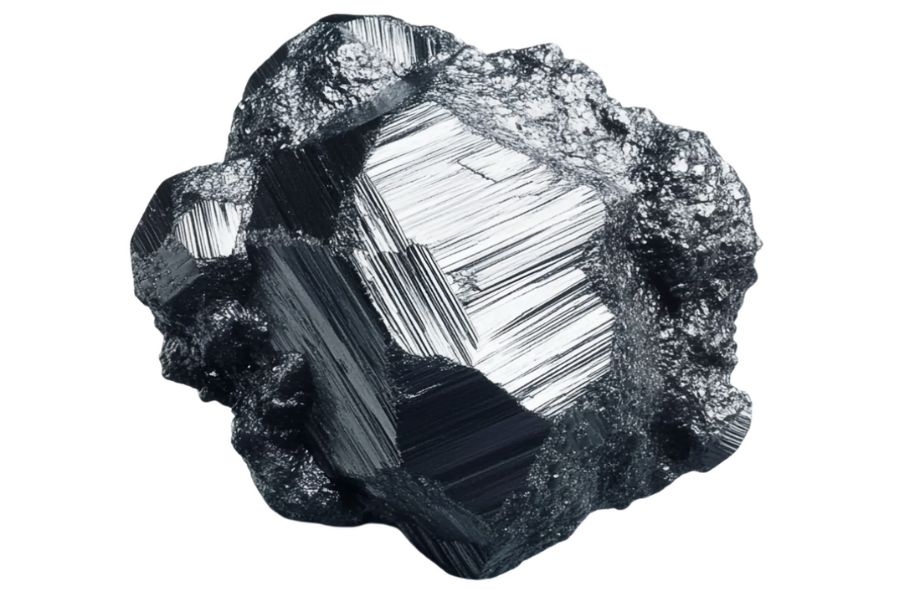Platinum hunting in New York attracts both casual explorers and serious miners. This shiny metal sits hidden in various spots across the state, waiting for the right person to find it.
Many don’t know that New York has several areas rich with platinum deposits. From the famous Mountains to certain streams, these locations offer real chances to discover this valuable metal.
Finding platinum takes patience and the right tools. Knowledge about where to look can lead to exciting discoveries.
This guide covers the top New York spots for platinum seekers. These places range from public lands where anyone can search to private claims that allow visitors with permission.
How Platinum Forms Here
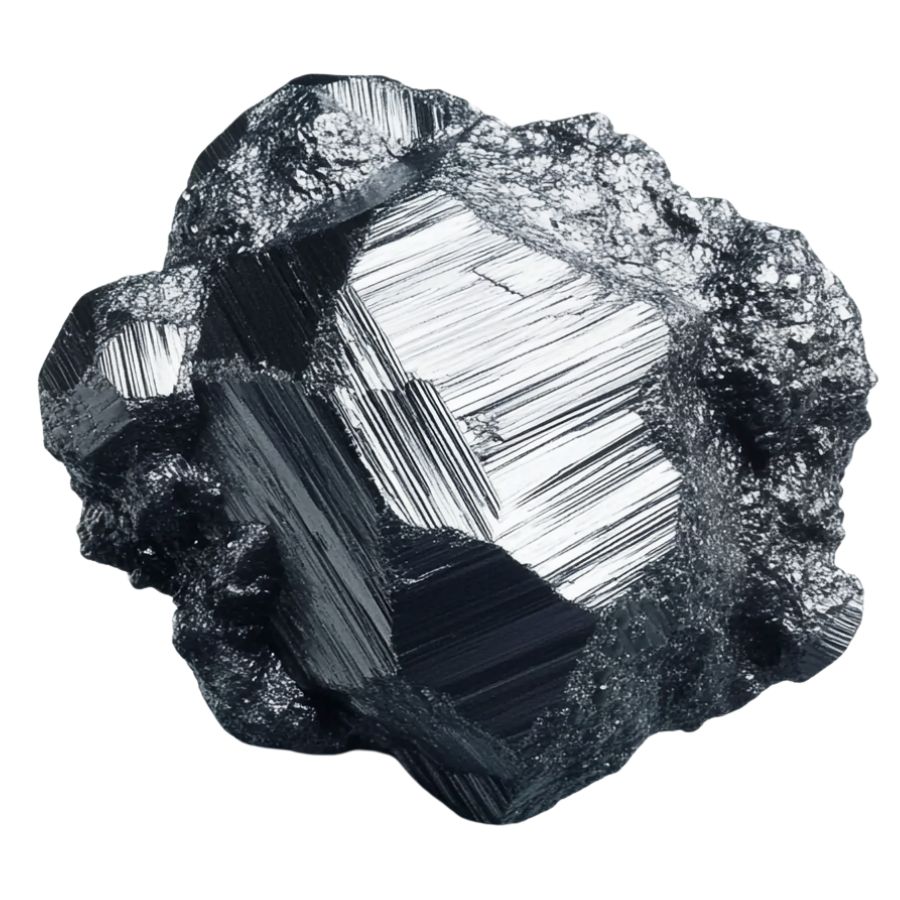
Platinum forms deep within Earth’s mantle, about 90-125 miles below the surface. This precious metal starts its journey when molten rock cools very slowly under extreme pressure.
Unlike gold, platinum rarely forms large nuggets. Instead, it typically appears as tiny grains mixed with other rocks. When ancient volcanoes erupt, they sometimes bring platinum-bearing rocks closer to the surface.
Over millions of years, weathering breaks down these rocks, and the heavy platinum particles get washed into streams and riverbeds.
Most platinum comes from places where parts of the mantle pushed up through the crust long ago. Miners often find platinum alongside nickel and copper deposits in igneous rocks.
Some platinum forms when meteor impacts create the perfect temperature and pressure conditions for these rare metals to crystallize.
Platinum Host Rocks
Platinum is a rare and valuable metal that occurs naturally in certain geological formations. These formations, often ultramafic and mafic igneous rocks, are significant hosts for platinum mineralization. Below is an overview of ten such rock types and geological settings associated with platinum deposits:
Peridotite
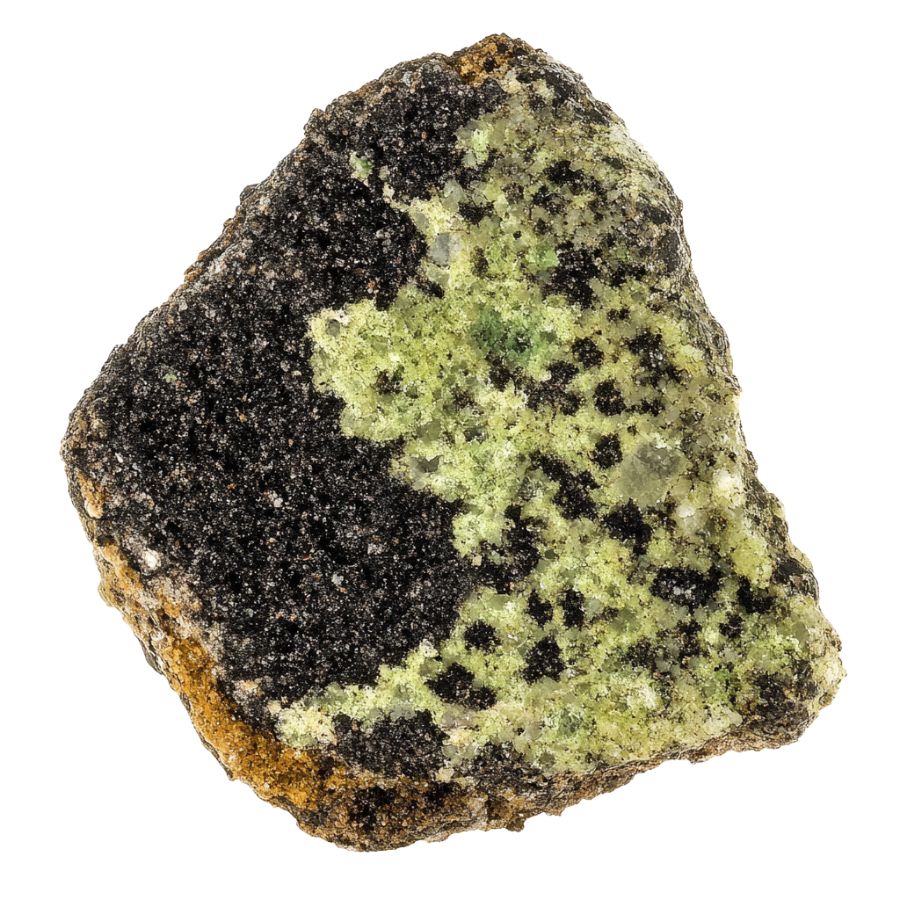
Peridotite is a green igneous rock that forms deep within the Earth’s mantle. Its striking color comes from its main mineral, olivine, with black specks from minerals like chromite or magnetite adding contrast. Unlike other similar rocks, peridotite contains less than 45% silica.
This special rock serves as a natural home for platinum. The precious metal hides inside peridotite as tiny grains, sometimes too small to see without a microscope.
Platinum in peridotite often teams up with other valuable metals like palladium, rhodium, and iridium. Miners search for areas where natural processes have concentrated these platinum grains into richer deposits.
When you see platinum jewelry, there’s a good chance the metal originally came from peridotite deep beneath the Earth’s surface.
Dunite
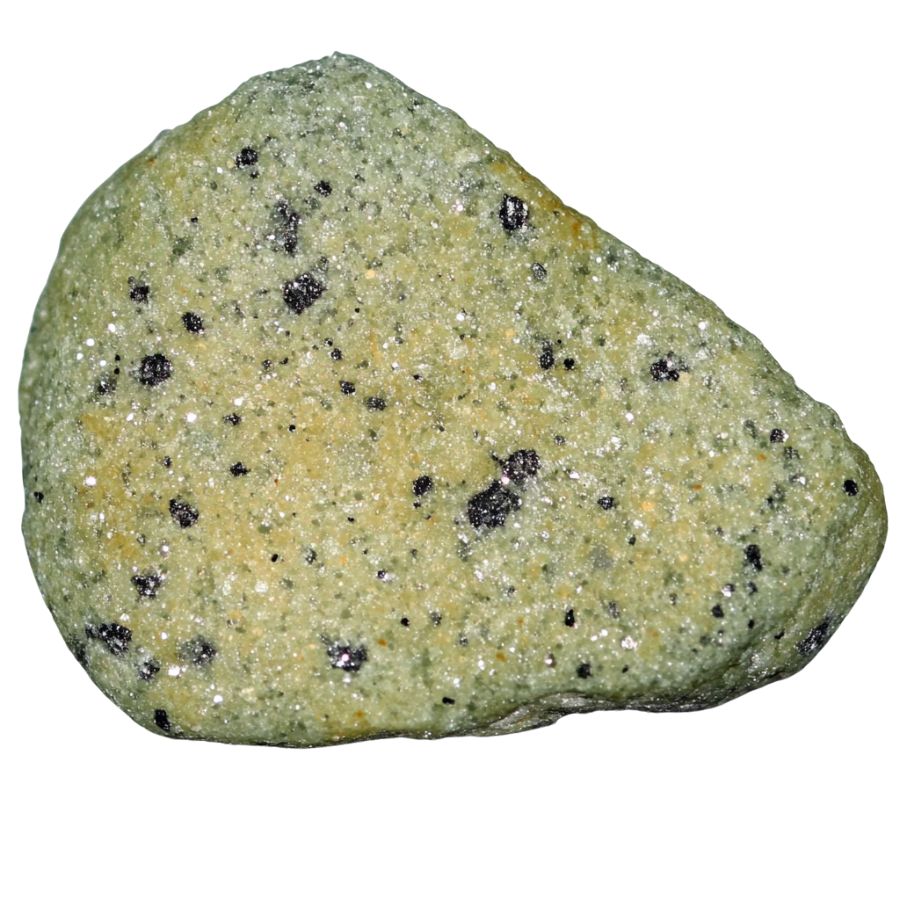
Dunite is an olive-green to yellowish-green rock with a speckled appearance. It has a coarse texture where you can see individual mineral grains. Unlike other similar rocks, dunite consists of more than 90% olivine, giving it a more uniform green color than peridotite or harzburgite.
Platinum loves to hide in dunite rocks, especially in areas with lots of chromite minerals. The platinum in dunite often appears as tiny metal flakes or as minerals mixed with arsenic compounds.
Over millions of years, as the magma cools and crystals grow, platinum gets caught between the olivine minerals. Some of the world’s most valuable platinum comes from dunite that formed over a billion years ago.
Harzburgite
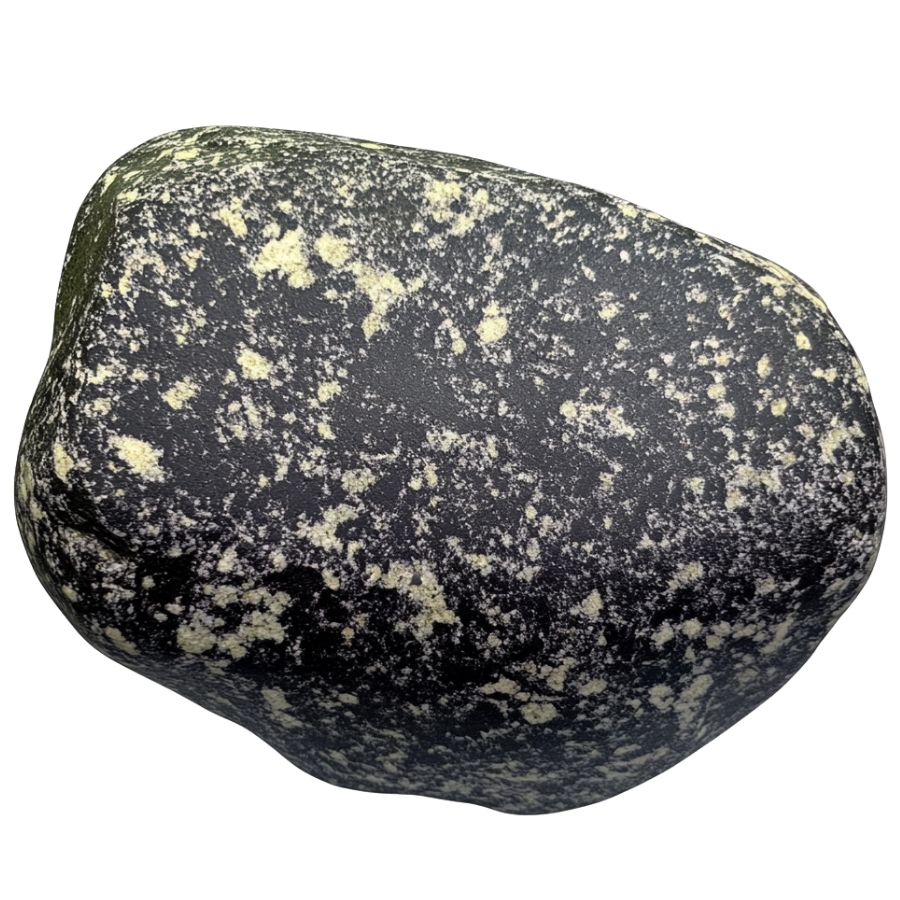
Harzburgite displays a dark green to greenish-black color with a speckled appearance. It features olive-green olivine crystals mixed with darker orthopyroxene minerals. Unlike dunite, harzburgite contains significant amounts of orthopyroxene alongside olivine but has less clinopyroxene than other peridotite varieties.
The platinum in harzburgite tells an interesting story about Earth’s inner workings. This rock forms through a process called partial melting, which concentrates platinum in the remaining solid material.
As magma bubbles up through Earth’s mantle, harzburgite acts like a natural filter, sometimes collecting platinum along with other rare metals. Platinum hunters look for harzburgite that contains tiny sulfide minerals, as these often hold the precious metal.
The platinum in harzburgite is especially valuable because it forms under extreme conditions that are hard to reproduce in laboratories, making each deposit unique.
Pyroxenite
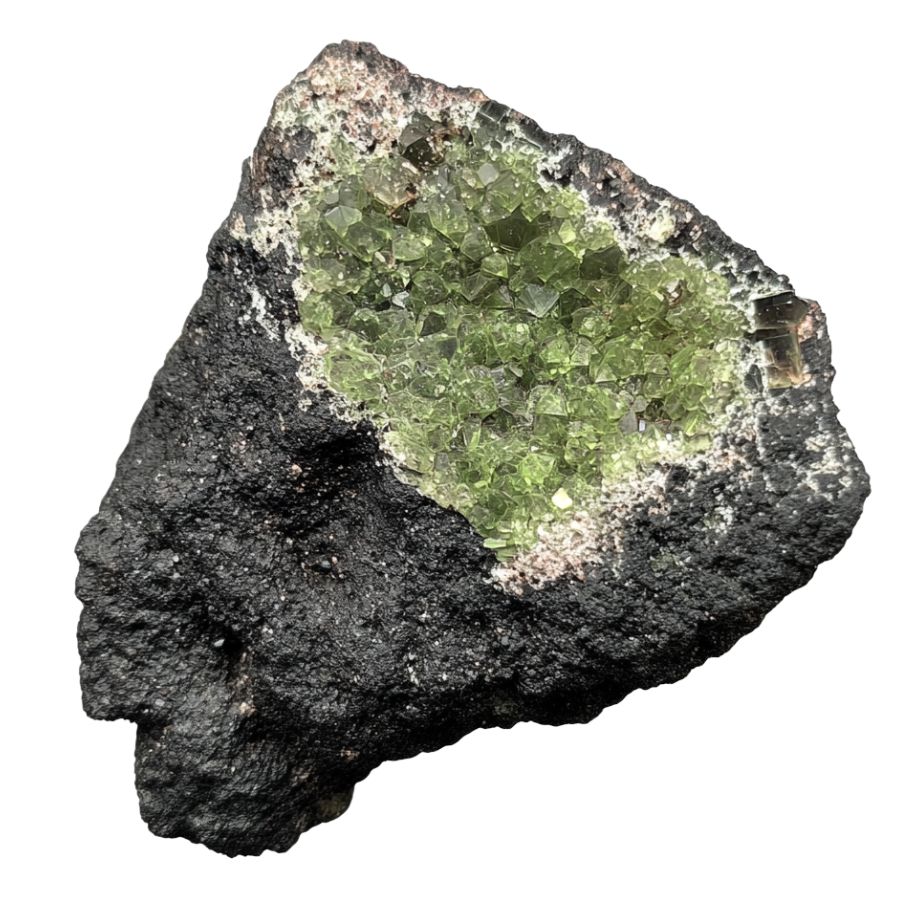
Pyroxenite comes in dark green, black, or light green colors with layered, banded, or veined patterns throughout the rock. It has a range of luster from dull to vitreous or even slightly metallic. Unlike peridotite varieties, pyroxenite contains mostly pyroxene minerals like augite and diopside, with little to no olivine.
Platinum finds a perfect home in pyroxenite rocks, often forming rich deposits that miners treasure. The special mineral makeup of pyroxenite creates ideal conditions for platinum to concentrate, especially along layer boundaries where different minerals meet.
When magma slowly cools to form pyroxenite, platinum particles get trapped in growing crystals or settle between layers. Sometimes, the platinum in pyroxenite appears as its own minerals like sperrylite, which contains platinum and arsenic. Other times, it hides inside sulfide minerals alongside copper and nickel.
Geologists use sophisticated tools to find these platinum-rich zones in pyroxenite, looking for subtle clues that indicate where the precious metal might be hiding.
Norite

Norite is a dark gray to greenish-black rock with visible salt-and-pepper speckles. These speckles come from the light-colored plagioclase feldspar mixed with dark orthopyroxene minerals. The rock has a coarse texture where you can see individual crystals without a magnifying glass.
Platinum in norite typically appears alongside other valuable metals, creating treasure troves beneath the surface. Unlike in some other rocks, platinum in norite often forms during the cooling of magma chambers, when the metal concentrates in specific layers as the liquid rock solidifies.
The platinum minerals in norite can take various forms – sometimes as pure metal flakes, sometimes as compounds with sulfur or other elements. These differences affect how miners extract the platinum and how much the deposit is worth.
Gabbro
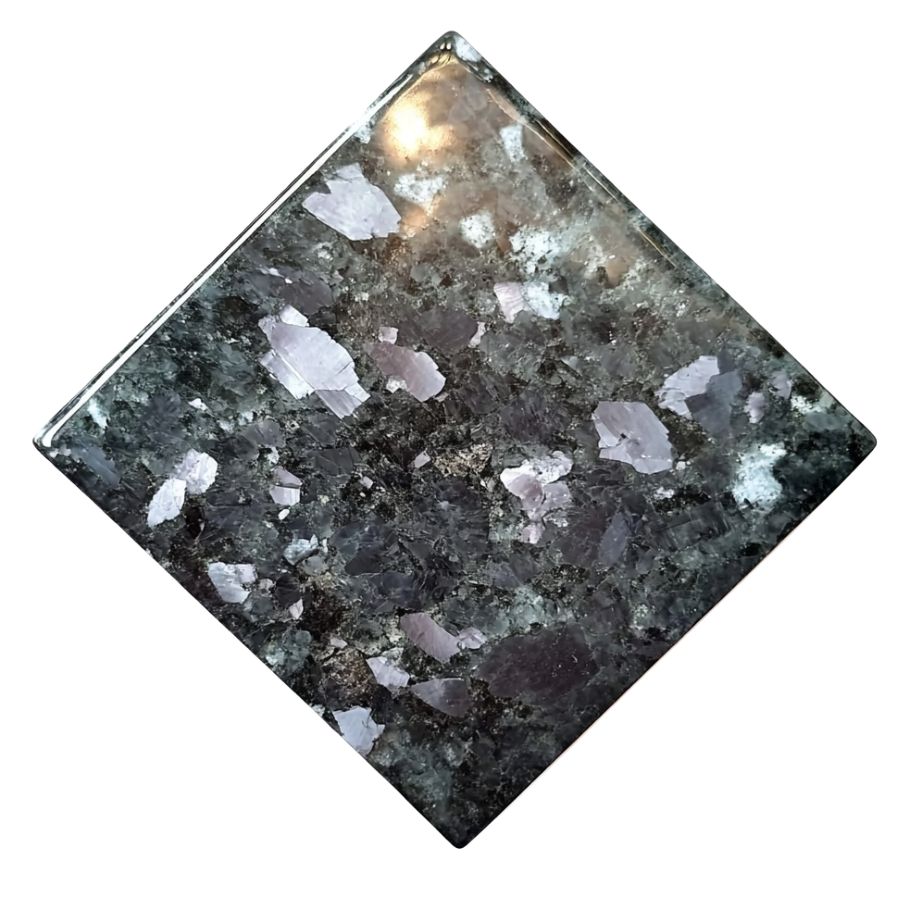
Gabbro is a dark-colored rock with visible crystals of white to gray feldspar mixed with black or dark green minerals. Its coarse texture comes from slow cooling deep underground, letting the crystals grow large enough to see easily. Unlike granite, which is light-colored with lots of quartz, gabbro is much darker and heavier.
When platinum appears in gabbro, it often creates some of the most valuable metal deposits on Earth. The platinum doesn’t spread evenly through the rock, instead, it concentrates in special zones that formed as the magma cooled and different minerals crystallized. These zones sometimes look like layers or bands running through the gabbro.
The platinum in gabbro usually teams up with metals like palladium, creating a natural alloy. Sometimes, it forms its own minerals with sulfur or arsenic. Because gabbro is so tough and resistant to weathering, mining platinum from it can be challenging but very rewarding.
Anorthosite
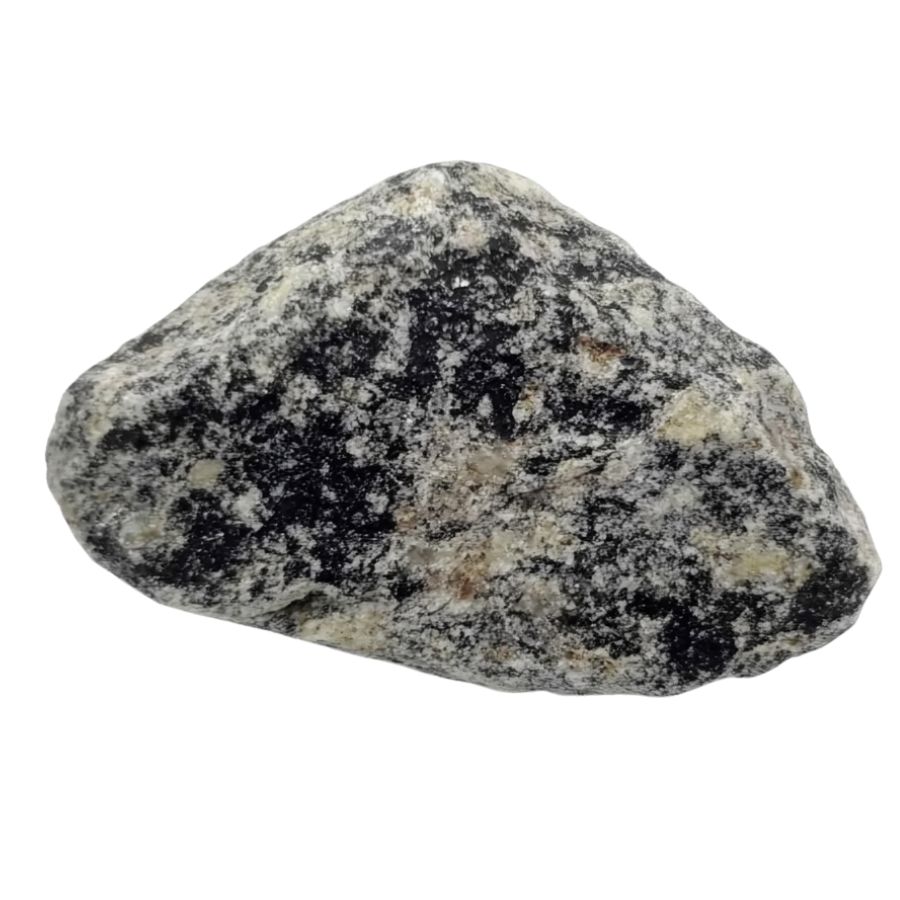
Anorthosite is a light-colored rock, usually white to light gray. Unlike most igneous rocks that contain various minerals, anorthosite is made up of more than 90% plagioclase feldspar, with very few dark minerals. This gives it a much lighter appearance than similar rocks like gabbro or norite.
The platinum in anorthosite systems often appears with copper and nickel minerals, forming complex patterns that geologists work hard to understand.
When studying anorthosite for platinum potential, scientists look for subtle color changes or mineral differences that might signal the presence of the valuable metal. The contrast between light anorthosite and the darker minerals that sometimes contain platinum makes these deposits particularly interesting.
Chromitite
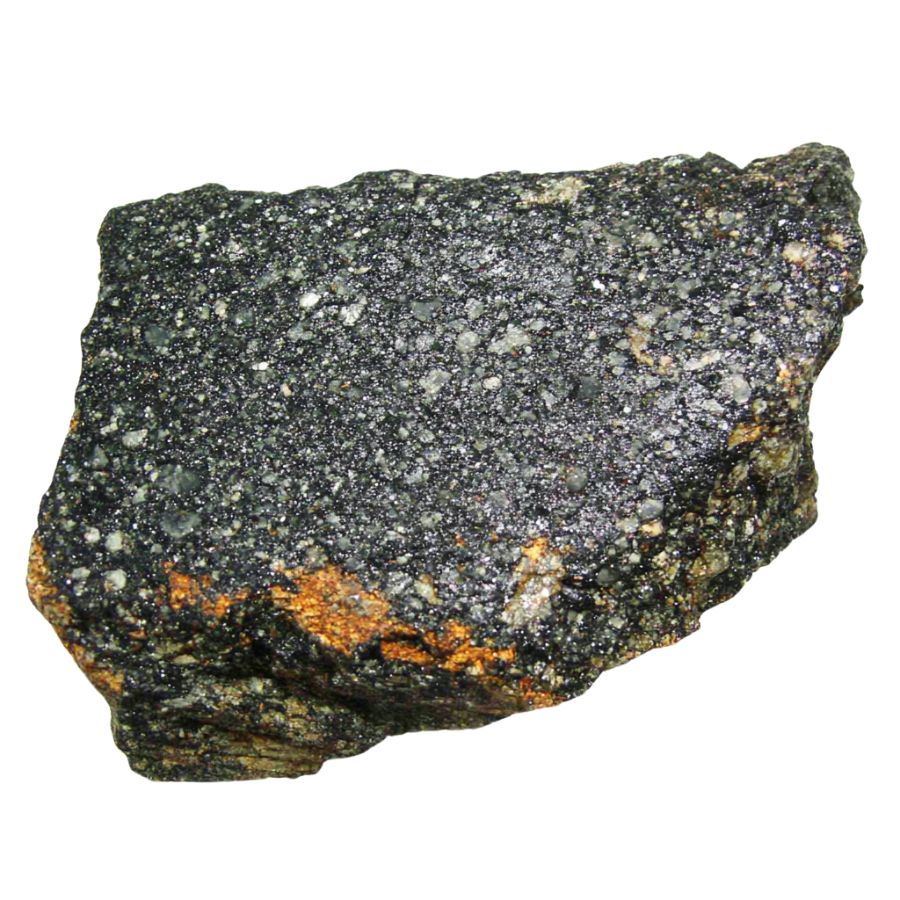
Chromitite is a dark, almost black mineral with a metallic to slightly greasy shine. When you look at it closely, it might have dark gray or brown-black tones. Unlike similar-looking minerals, chromitite forms in distinct masses or layers within certain rock types, especially in rocks related to ancient volcanoes.
Platinum in chromitite often appears as tiny grains nestled between the chromite crystals or as microscopic particles inside the crystals themselves. When geologists find thick layers of chromitite, they get excited about the platinum potential.
The relationship between chromium and platinum remains somewhat mysterious, but we know that the same geological processes that concentrate chromium often gather platinum too.
Some chromitite layers contain so much platinum that even though the metal is invisible to the naked eye, these rocks become some of the most valuable materials on Earth.
What Does Rough Platinum Look Like?
When found in the wild, rough platinum has distinctive qualities that separate it from other similar-looking minerals. Here’s how to spot it even if you’re not a rock expert.
Check for a Silvery-Gray or Steel Color
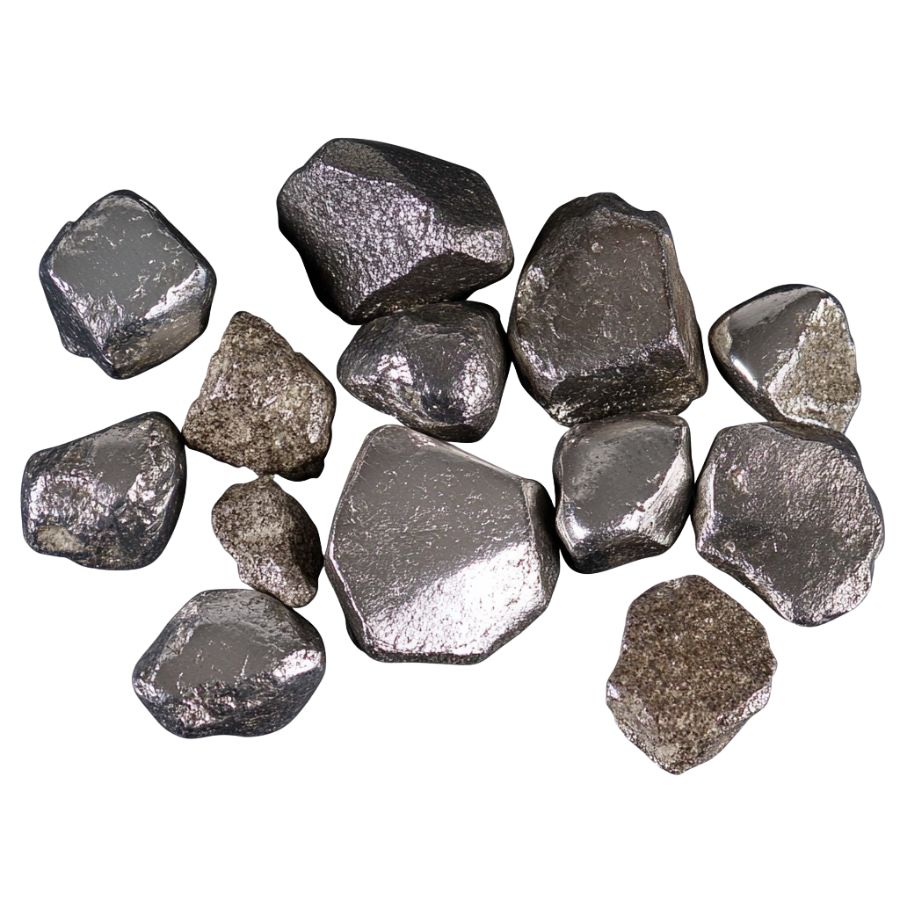
Raw platinum usually has a silvery-gray or steel-like appearance with a dull metallic luster. Unlike silver, it won’t tarnish or develop a blackened surface over time. It also lacks the brassy or yellowish tone of minerals like pyrite (fool’s gold).
Sometimes, native platinum may appear slightly darker due to natural coatings or mineral impurities. If you gently scratch the surface, you might expose a brighter metallic streak underneath — a good sign you’re on the right track.
Also, it won’t show rainbow flashes or colorful reflections like some other shiny minerals.
Look for Rounded, Worn Nugget Shapes
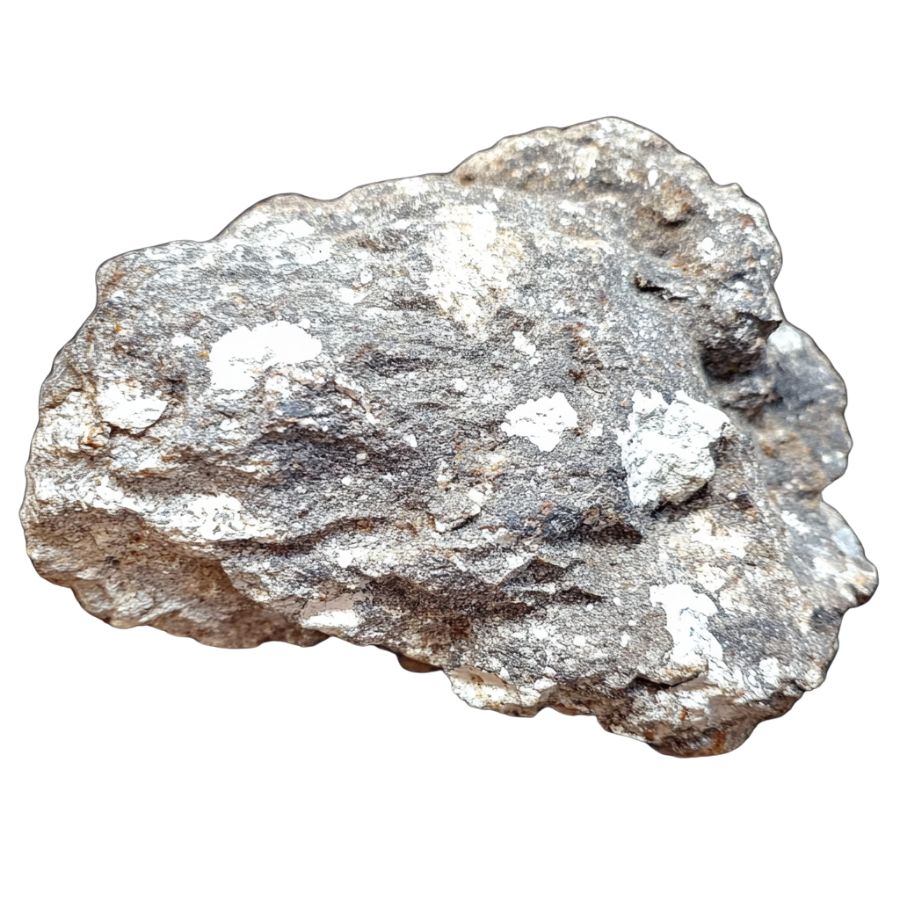
In nature, platinum typically appears as small nuggets, grains, or flattened flakes. These pieces often have smooth, rounded edges, especially if they’ve been tumbled in a stream or river. They can look a bit like dull silver pebbles — dense, worn, and irregular.
Crystalline platinum is extremely rare, so don’t expect sharp edges or well-defined shapes. Instead, look for odd but smoothed forms, like tiny clustered balls or slightly squished flakes.
Test the Surprising Heaviness
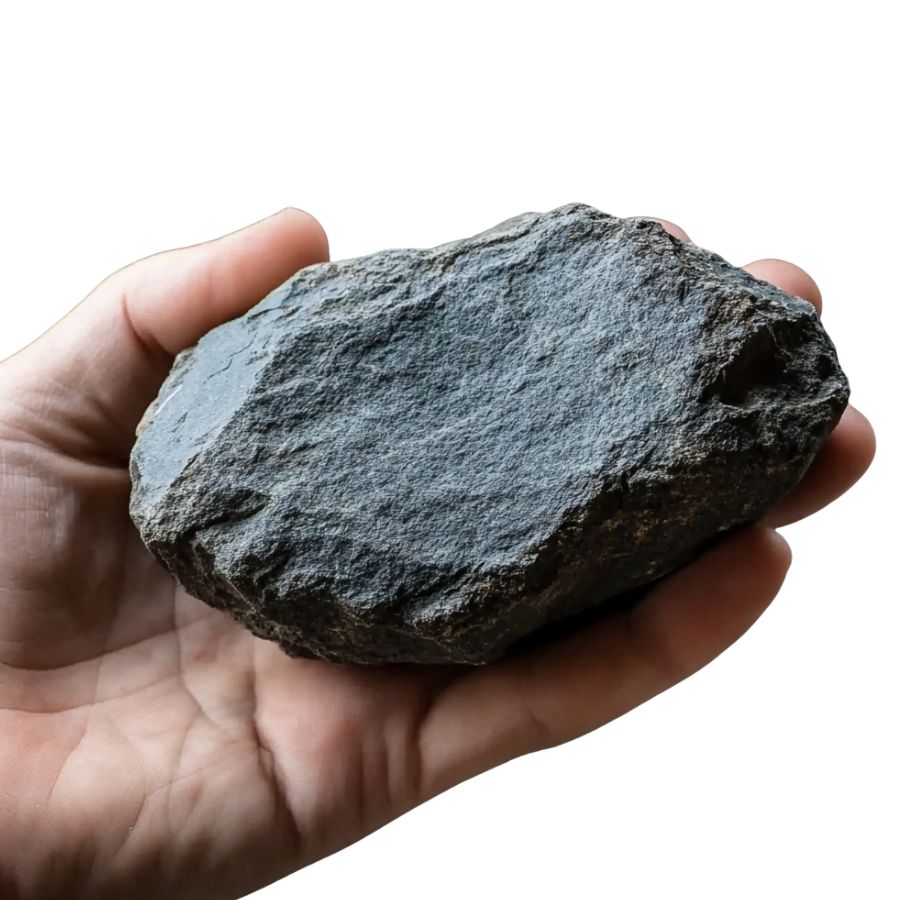
If you pick up a small piece and it feels unusually heavy for its size, that’s a strong clue. It’s denser than silver, lead, and even gold, giving it a distinct heft in your hand.
While it’s only slightly heavier than gold, it’s noticeably denser than most rocks or minerals you’ll come across. That weight, combined with color and shape, makes rough platinum easier to spot once you know what to look for.
What About Platinum Ore?
Platinum is often found in ore rather than as pure nuggets, especially in hard rock deposits. These ores usually come from ultramafic or mafic igneous rocks like peridotite, dunite, or chromitite. The rock might look dark, heavy, and unremarkable — but can contain microscopic grains of platinum group metals.
Visually, platinum ore doesn’t usually stand out. It’s often associated with other metals like nickel, copper, and iron, and may have a greenish or dark gray color with metallic flecks.
Professional identification usually requires assay testing or specialized tools — so if you’re near a known deposit and find unusually heavy, dark rock with metallic grains, it could be worth having it checked.
A Quick Request About Collecting
Always Confirm Access and Collection Rules!
Before heading out to any of the locations on our list you need to confirm access requirements and collection rules for both public and private locations directly with the location. We haven’t personally verified every location and the access requirements and collection rules often change without notice.
Many of the locations we mention will not allow collecting but are still great places for those who love to find beautiful rocks and minerals in the wild without keeping them. We also can’t guarantee you will find anything in these locations since they are constantly changing.
Always get updated information directly from the source ahead of time to ensure responsible rockhounding. If you want even more current options it’s always a good idea to contact local rock and mineral clubs and groups
Tips on Where to Look
Platinum is rare but not impossible to find. Here are some spots where you might get lucky with your search.
Placer Deposits
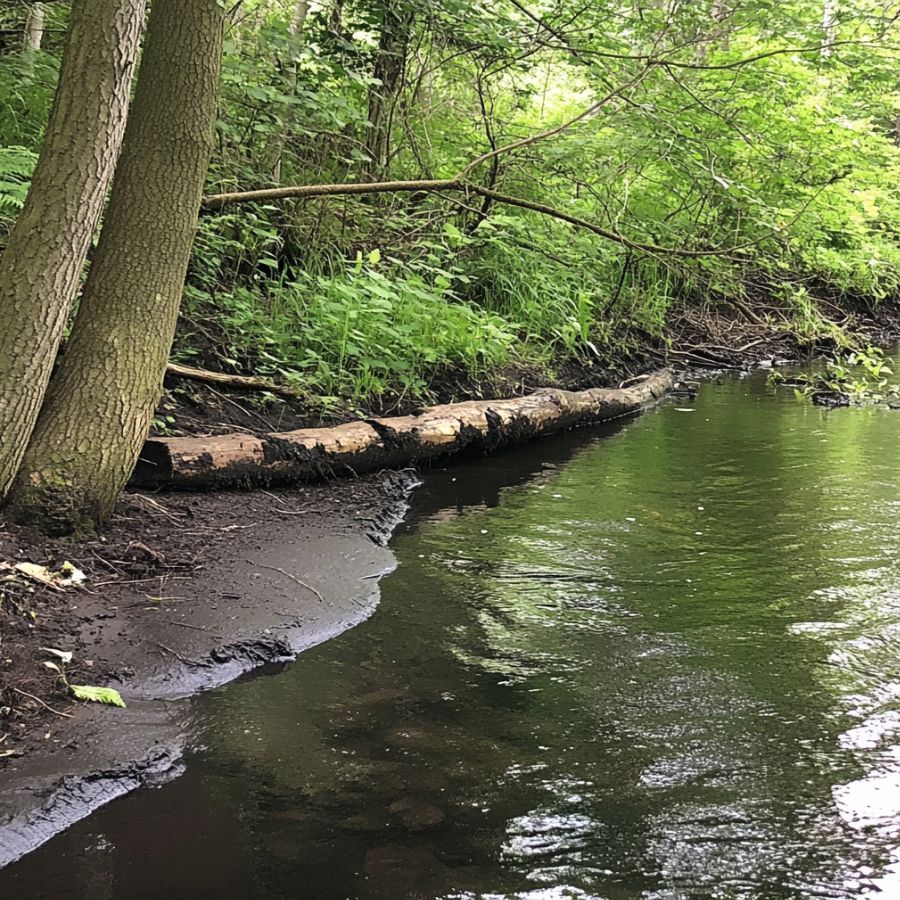
Check out streams and rivers. Platinum is heavy and sinks to the bottom of moving water. You’ll want to grab your pan and look in the same spots where you’d search for gold.
Focus on the bends of rivers where water slows down and heavier metals drop. The black sand areas are your best bet, and that’s where platinum particles often hide.
Sometimes, after a heavy rainfall washes away lighter materials, you might find platinum nuggets or flakes mixed in with other dense minerals that have been collecting there for thousands of years.
Ultramafic Rocks
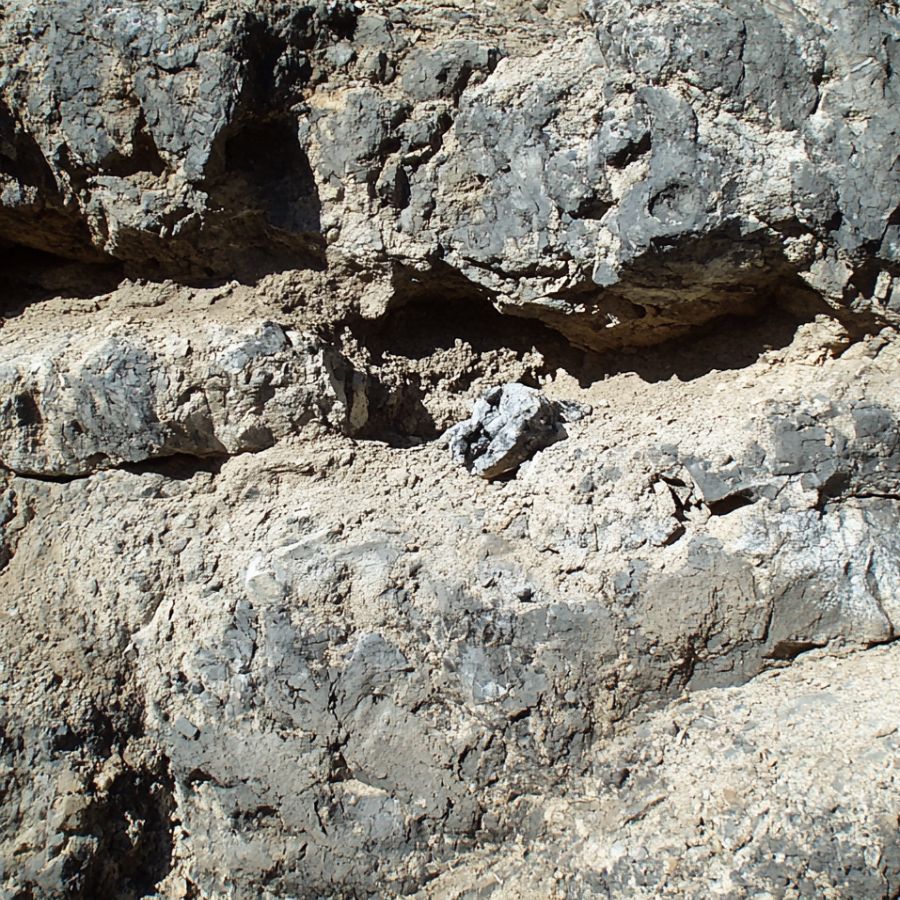
Hunt around dark-colored rocks. Ultramafic rocks like serpentinite, which often have a greasy green look and feel, sometimes contain platinum. These rocks form from the Earth’s mantle and get pushed up to the surface.
Break open some samples and look for metallic specks. If you spot chromite (black, metallic mineral) in these rocks, that’s a good sign because platinum likes to hang out with chromite.
Old Mine Tailings
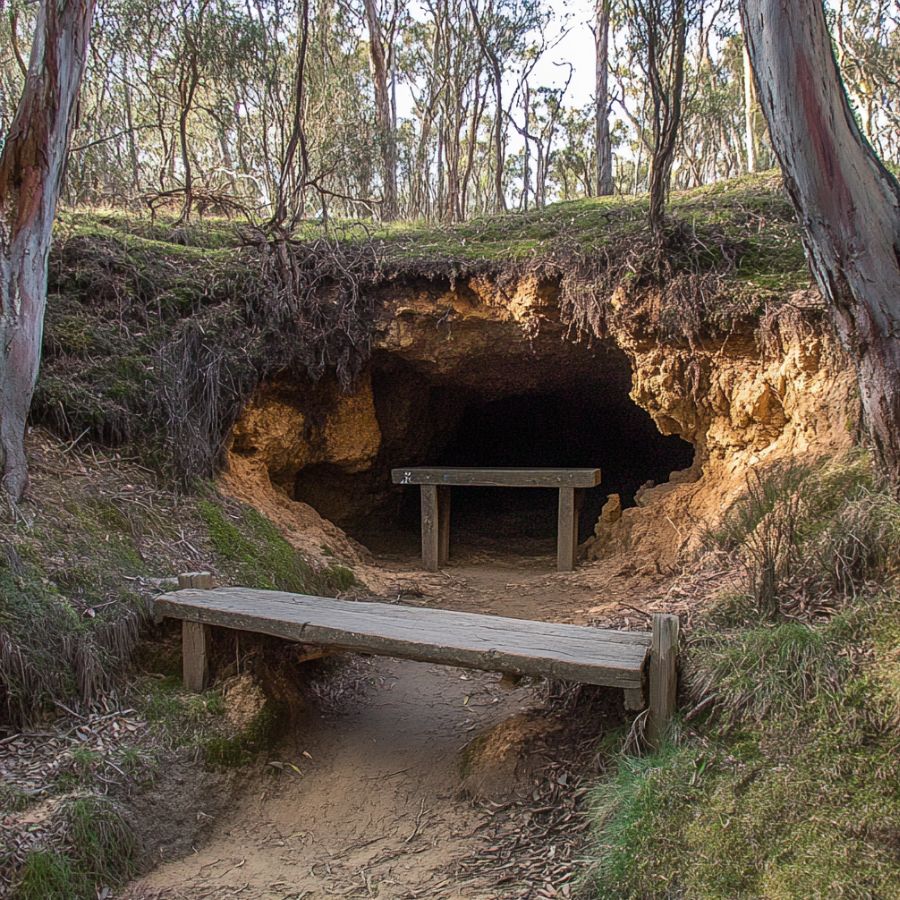
Don’t ignore old mining areas. The miners from back in the day missed stuff. Their old tailings (the leftover rock piles) might contain platinum they didn’t recognize or couldn’t extract with their tech.
Bring a metal detector that can pick up platinum – it responds differently than gold. Sift through these piles carefully, especially if the mine was known for nickel or copper, as platinum often shows up with these metals.
Weathered Outcrops
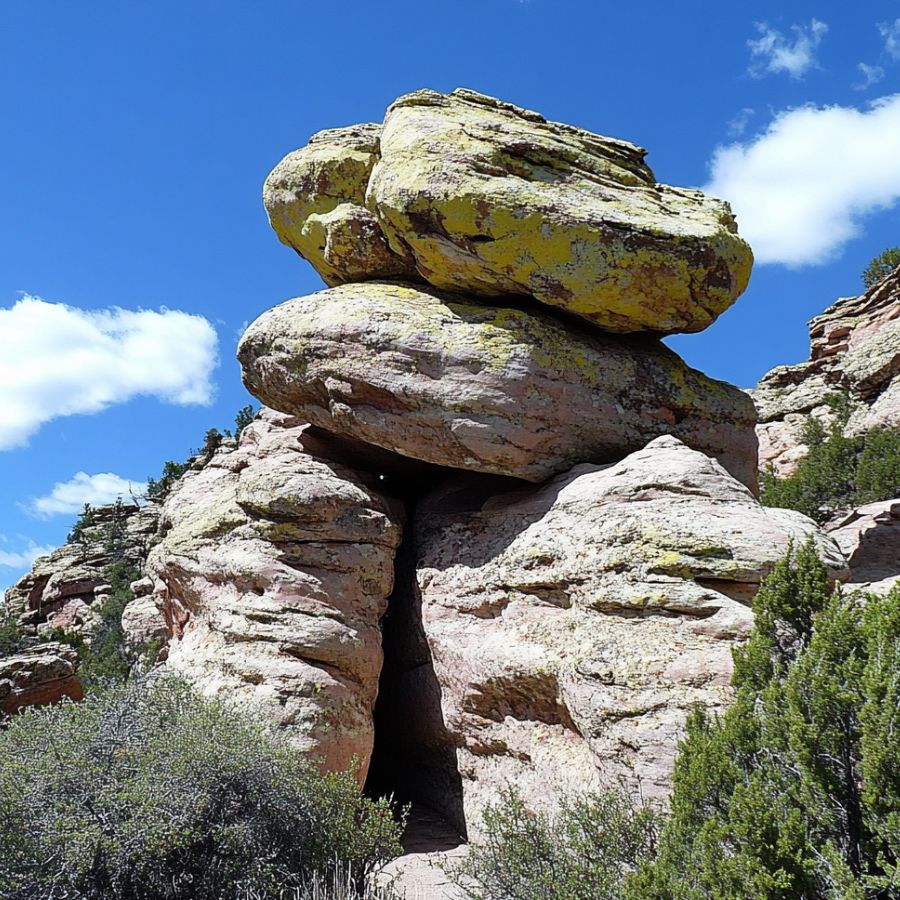
Explore weathered rock outcrops. When rocks break down from weather, heavier minerals like platinum concentrate near the bottom of slopes.
Look for rusty-colored areas where iron has oxidized because platinum sometimes exists alongside these iron-rich zones.
Some Great Places To Start
Here are some of the better places in the state to start looking for Platinum:
Always Confirm Access and Collection Rules!
Before heading out to any of the locations on our list you need to confirm access requirements and collection rules for both public and private locations directly with the location. We haven’t personally verified every location and the access requirements and collection rules often change without notice.
Many of the locations we mention will not allow collecting but are still great places for those who love to find beautiful rocks and minerals in the wild without keeping them. We also can’t guarantee you will find anything in these locations since they are constantly changing.
Always get updated information directly from the source ahead of time to ensure responsible rockhounding. If you want even more current options it’s always a good idea to contact local rock and mineral clubs and groups
Plattsburgh
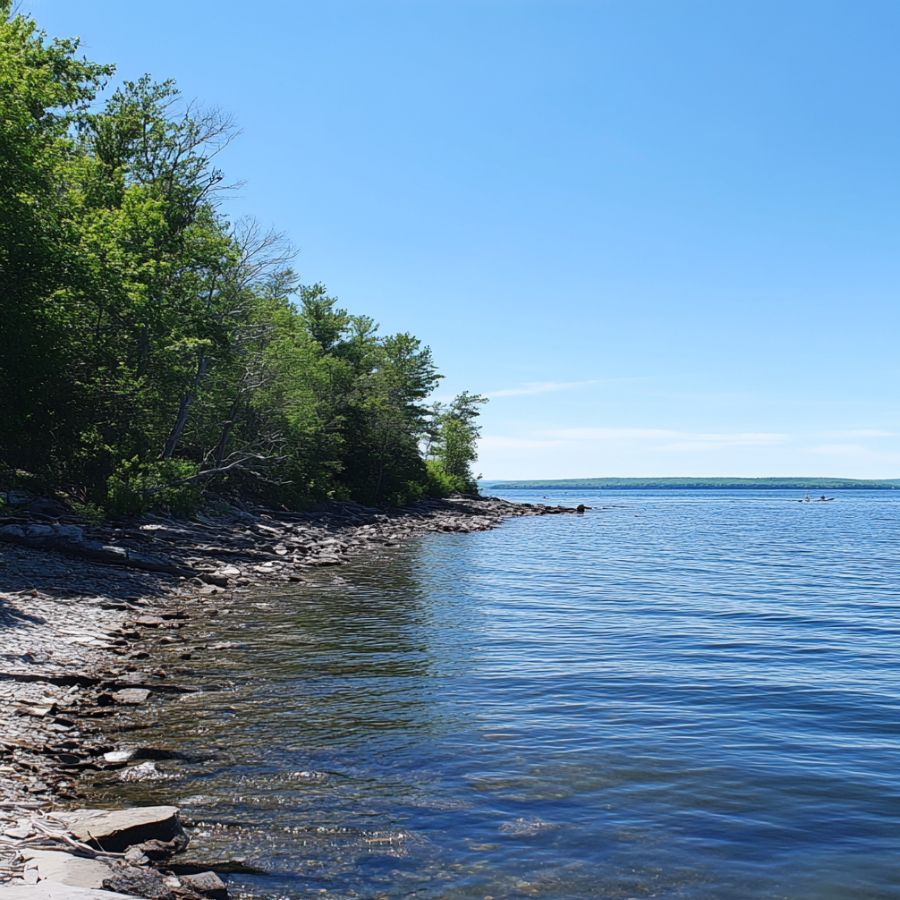
Plattsburgh sits on the northwestern shore of Lake Champlain in the northeastern part of the state. This city serves as a gateway to the northern Adirondack Mountains region, with beautiful views of the lake and Vermont’s Green Mountains in the distance. The area has a rich history as both a military post and trade center.
Platinum has actually been discovered in this Clinton County location. A notable platinum nugget was once found in glacial drift deposits here.
The geology around Plattsburgh was shaped by massive glaciers that moved through thousands of years ago. These ice sheets left behind special sediments and deposits that sometimes contain valuable minerals. Potsdam Sandstone is common in the region, showing interesting ripple marks from ancient waters.
Focus on areas with exposed glacial sediments. River beds and stream banks near glacial deposits offer the best chances for finding small platinum pieces. Local waterways that cut through these ancient glacial materials can sometimes reveal these precious metal specimens.
Mohawk Township
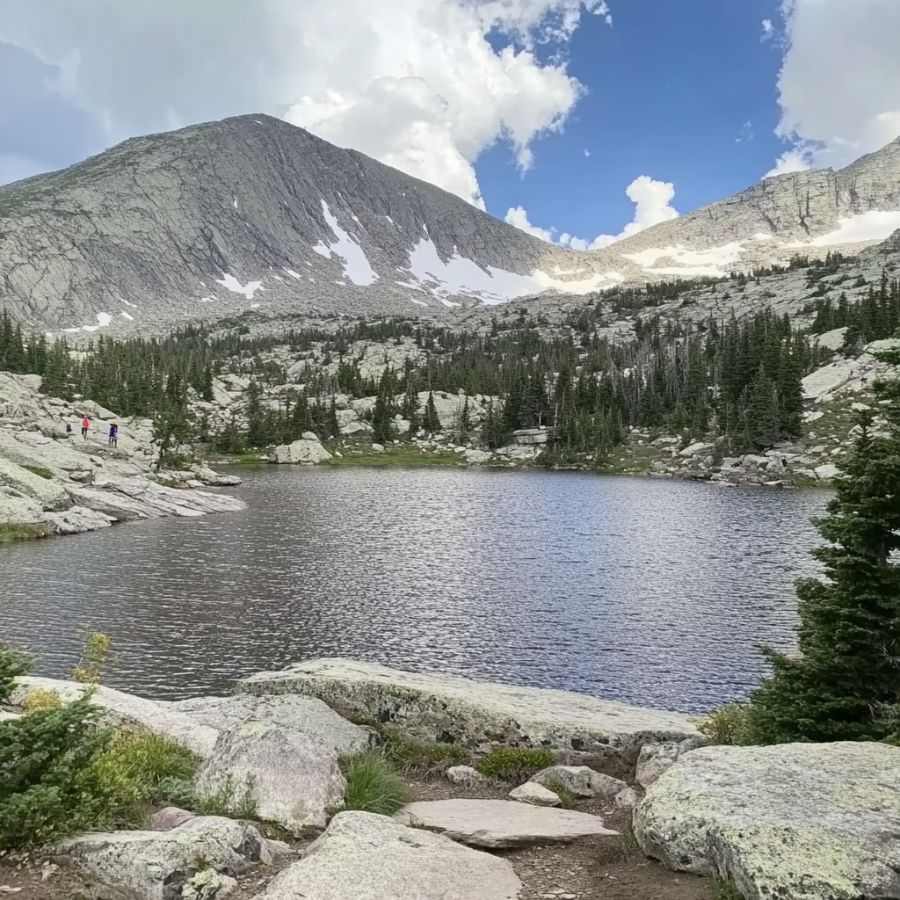
Mohawk Township is located in Montgomery County in the beautiful Mohawk Valley region. The area features diverse landscapes with cliffs, valleys, and ridges that formed over millions of years through erosion and faulting.
The Mohawk River cuts through the valley, creating a wide basin between the Adirondack Mountains to the north and the Helderberg Escarpment to the south.
Geologically, Mohawk Township contains fascinating Ordovician rock formations that were created during the Taconic orogeny mountain-building event. These ancient rocks tell the story of how the land formed long ago.
You can look for platinum in areas with sedimentary rocks, especially where organic-rich deposits have undergone heat changes. The town of Fonda, within the township, has documented platinum occurrences. Most finds are microscopic, so bring proper equipment if you visit this historic valley in search of this rare metal.
Ellenville
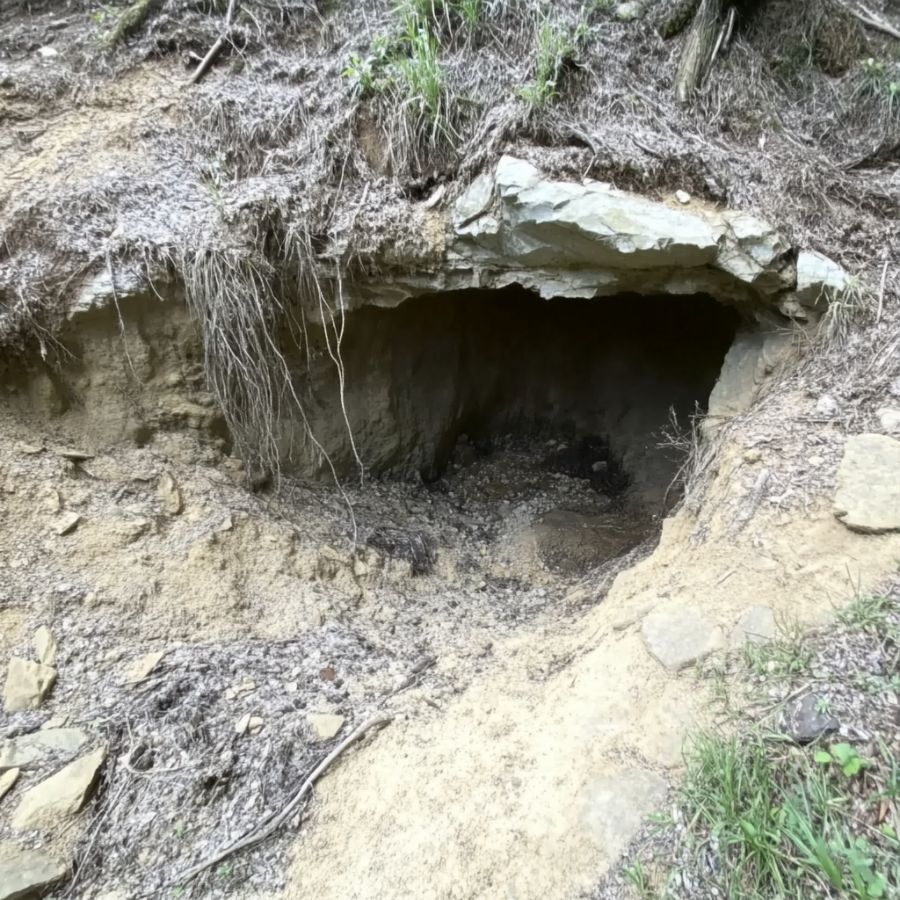
Ellenville in Ulster County is located at the foot of the beautiful Shawangunk Mountains. This small town offers rocky landscapes and thick forests that attract many outdoor lovers. The area’s natural beauty makes it a special spot for hikers and nature fans alike.
Serious mineral collectors know Ellenville for its historic Lead Mine, which has produced various minerals over the years. The mine’s unique geology creates perfect conditions for finding unusual minerals. Rock formations here contain layers of quartzite and shale that formed millions of years ago.
You might be able to find platinum in the old mine areas and their dump piles. These spots hold the best chances of finding this rare metal. Around the stoped veins of the mine, tiny platinum particles sometimes appear, mixed with other minerals.
The exposed rocks along the Shawangunk Ridge trails can also hide platinum specimens. Stream beds near the mining areas offer another good place to search, as water may wash small platinum pieces downstream.
Cornwall

Cornwall is in Orange County, about 50 miles north of busy New York City. This small town stretches along the western bank of the Hudson River, surrounded by beautiful rolling hills. The area features the impressive Storm King Mountain and is part of the Hudson Highlands region, known for its natural beauty.
Historically, Cornwall has been significant for mineral hunters. The Smith Mine stands as one of the most interesting spots for rockhounds in the area. Located on the north slope of North Point, this mine once produced magnetite, a type of iron ore.
Rockhounds looking for platinum might explore the old mine dumps around Smith Mine. Water areas also deserve attention, as streams flowing through Cornwall can expose and concentrate heavier minerals.
Small deposits might be found in stream sediments where water has naturally sorted materials over time.
Gouverneur
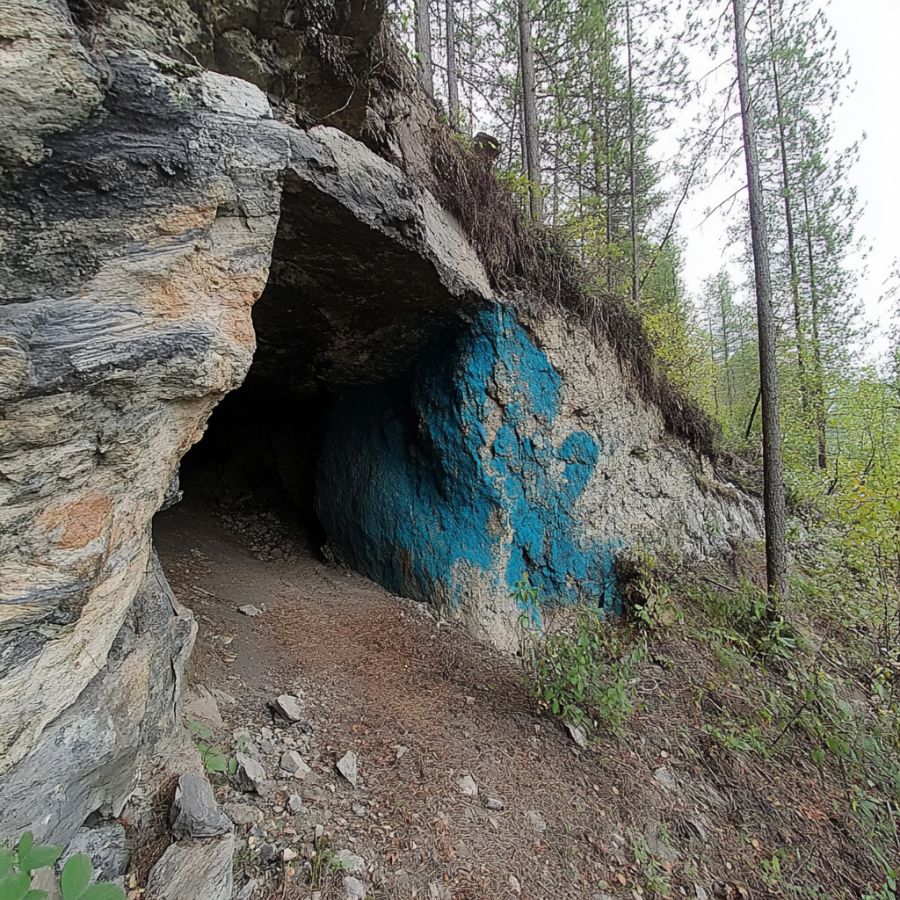
Gouverneur is located in the southwestern part of St. Lawrence County near the county’s border. This historic town is often called “Marble City” because of its many marble quarries. The area forms part of the mineral-rich Grenville Province of the Canadian Shield.
Platinum has been discovered in Gouverneur, making it a destination for serious mineral collectors. The town also yields talc, zinc, lead, and pyrite.
The geology here features special Precambrian rock formations, especially marble and schist belts. Interesting chemical reactions between quartzite and dolomite have produced unique magnesium and calcium silicates.
You can explore the town’s mining district for platinum. Look particularly in areas with past mining activity and metamorphic rock formations. The talc-rich schists, which appear as sheets within the marble, often contain other minerals worth collecting.
Places Platinum has been found by County
After discussing our top picks, we wanted to discuss the other places on our list. Below is a list of the additional locations along with a breakdown of each place by county.
| County | Location |
| Orange | Greenwood Lake |
| Monroe | Genesee River |
| Columbia | Hudson River Banks |
| Madison | Chittenango Falls Road Cut |
| Onondaga | Tully/Pompey Area |
| Madison | Route 20 Road Cuts |
| Onondaga | Skaneateles Lake |
| Essex | Ausable River |
| Essex | Opalescent River |
| Essex | Town of Jay |
| Franklin | Moira |
| Greene | Purling |
| Warren | Lake George Area |
| St. Lawrence | Wegatchie |
| Orange | Amity |
| Essex | Willsboro |
| Niagara | Lockport |
| Clinton | Chazy |
| Schoharie | Gilboa |
| Herkimer | Little Falls |
| Monroe | Rochester |
| Saratoga | Saratoga Springs |
| Essex | Ticonderoga |
| Jefferson | Watertown |
| St. Lawrence | Ogdensburg |
| St. Lawrence | Massena |

